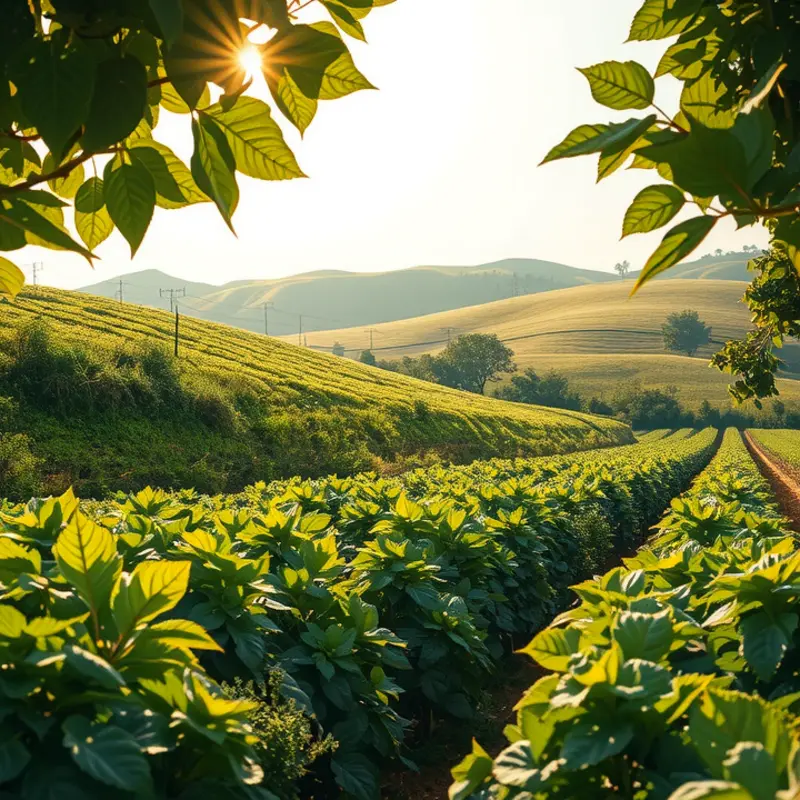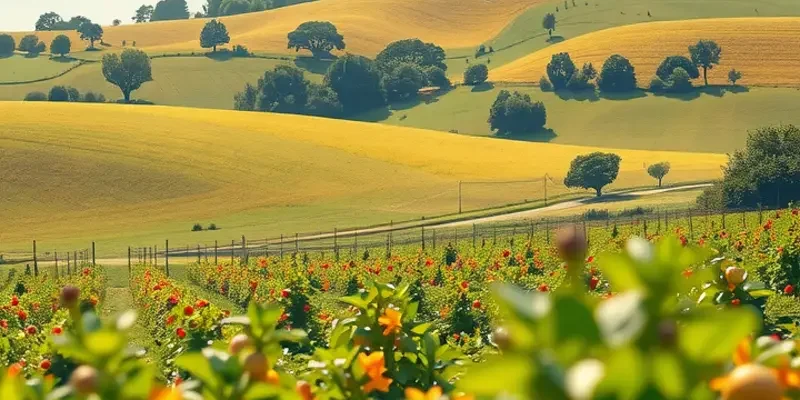Cooking vessels are not just tools; they are cultural artifacts that give insight into the culinary practices of different societies. From the earthen pots of rural Asia to the sturdy cast iron skillets of the American South, each vessel tells a story imbued with tradition and heritage. As food enthusiasts and culturally curious readers, understanding these vessels opens a window into the diverse culinary landscapes around the globe. Let’s embark on a flavorful journey and discover how these timeless cooking tools shape our meals and memories.
Earth and Fire: Earthenware Across Cultures

In many cultures around the world, cooking with earthenware vessels is a cherished tradition, passed down through generations. These humble clay pots are not just utensils but are integral to the culinary identity of each region. Crafted from the earth and shaped by fire, these vessels bring out unique flavors and textures that metal cookware can hardly replicate.
In South Asia, the clay handi is a staple in rural kitchens. Used for cooking over an open flame, it is perfect for slow-cooked curries and biryanis. The porous nature of earthenware allows steam to escape slowly, concentrating flavors while adding an earthy aroma. This results in deeply flavorful dishes that are a testament to patience and tradition.
Traveling to the Mediterranean, we find the tagine in Morocco. This conical pot enables a one-of-a-kind cooking method. Its shape traps moisture, slowly dripping it back into the dish, ensuring tenderness and a harmony of spices in each bite. Lamb and vegetable tagines gain their signature flavors from this unique design, enhancing every layer of spiced goodness.
In parts of Latin America, the olla de barro is indispensable. These pots, used for beans and stews, imbue dishes with a distinct aroma. Cooking with clay vessels is not only about taste but also about technique. For example, the way heat distributes evenly across the olla ensures that food cooks uniformly, turning simple ingredients into comforting meals tied to heritage.
In Japan, the donabe is a work of art in itself. Often used to cook rice or simmer broths, the donabe requires careful attention. Enthusiasts say the food ‘breathes’ in a way only possible with clay, and this breathing enriches the umami deep within each grain of rice.
These earthenware vessels do more than cook food; they connect people with their roots. Each pot bears the mark of its potter, a reflection of the intricate handcrafting that goes into its creation. While the practical benefits are undeniable, it’s the ritualistic respect for ingredients and tradition that stands out. For many, these pots represent a thoughtful approach to cooking—one that resonates with the ideals of sustainable and eco-friendly eating practices explored here.
As we see, earthenware’s role is far beyond utilitarian. It embodies cultural narratives, enhancing the culinary experience by incorporating a bit of art into the everyday act of cooking. This intersection of tradition and flavor underlines why, in some kitchens, earthenware remains irreplaceable.
Metal Matters: The Allure of Cast Iron and Beyond

Across cultures, metal cooking vessels have become culinary staples, shaping the way we experience and create food. Among these, cast iron skillets hold an unrivaled position due to their durability and exceptional heat retention. Their heavy and sturdy composition allows for uniform cooking, making them perfect for searing, frying, and baking.
Historians believe cast iron cookware emerged around the 5th century in China. It was revered for its ability to withstand intense heat and maintain consistent temperatures. In the Southern United States, cast iron skillets are celebrated for their role in cooking cornbread. Passed down through generations, these skillets impart unique flavors by absorbing oils and fats, developing a natural non-stick surface over time.
Meanwhile, in Spain, the preparation of paella heavily relies on a specific metal vessel, the ‘paellera.’ This flat, round pan, traditionally made of polished steel, is essential for achieving the perfect socarrat—the slightly caramelized bottom layer of rice that defines authentic paella. The paellera’s broad surface area allows for even heat distribution, crucial in this iconic dish’s preparation.
Beyond cast iron, other metals also hold significant culinary value. Copper pots, for example, are symbols of culinary excellence in French kitchens. Their superior heat conductivity allows for precise temperature control, making them ideal for delicate preparations like sauces and confections. Though initially expensive, copper cookware is considered an investment due to its longevity and performance. These pots are often lined with tin or stainless steel to prevent copper from reacting with acidic foods.
In East Asian cuisine, the wok stands out as a versatile cooking vessel. Its round-bottomed and high-walled form facilitates various cooking methods such as stir-frying, steaming, and deep-frying. Made from carbon steel or cast iron, the wok heats quickly and evenly, supporting rapid cooking—a technique central to preserving the vibrant flavors and textures of Asian dishes.
The cultural significance of these vessels extends beyond their practicality. They embody traditions and are revered as treasured family heirlooms. In many cultures, the types of metal cooking vessels indicate regional specialties and historical interactions through trade, as explained in this detailed examination of culinary influences.
Maintenance of these metal vessels is often steeped in ritual. Seasoning a cast iron skillet or polishing a copper pot transforms the act of cooking into a sacred practice. Such traditions preserve the vessel’s functionality and enrich the cooking experience, linking the past with the present.
In kitchens worldwide, metal cooking vessels serve as conduits of culture and cuisine, bridging time and geography with each flavorful creation. The artistry of using these tools lies not only in the dishes they produce but also in the way they preserve and pass down culinary heritage.
Final words
Understanding traditional cooking vessels is a crucial step in appreciating culinary diversity. These artifacts serve not only as tools for cooking but also as symbols of cultural identity and heritage. Each pot or pan tells a story of the people who use it, the ingredients that transform within it, and the communal bonds formed over shared meals. Whether it’s an earthen pot simmering a traditional stew or a cast iron skillet baking cornbread, these vessels connect us to our roots and enrich our culinary experiences. Embrace these timeless traditions in your own cooking, allowing the stories of the past to flavor your meals.








